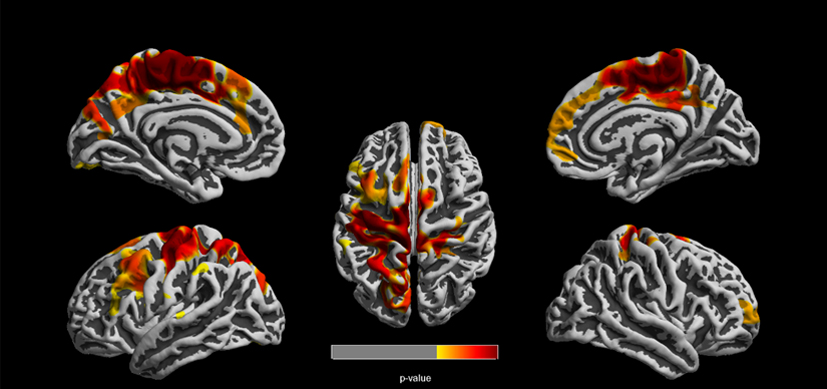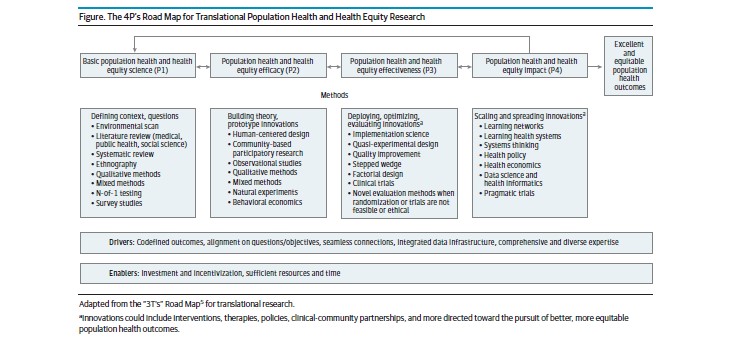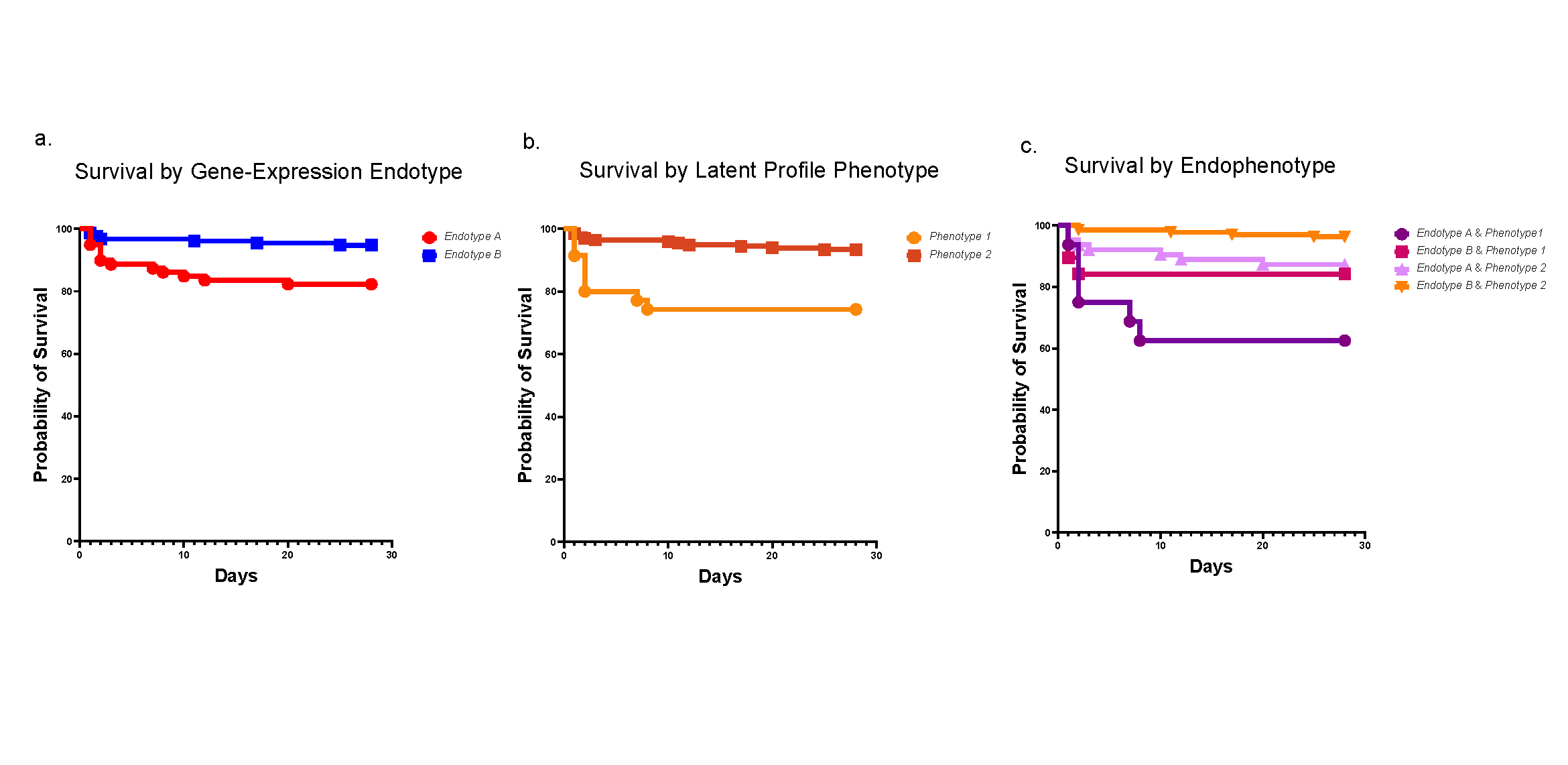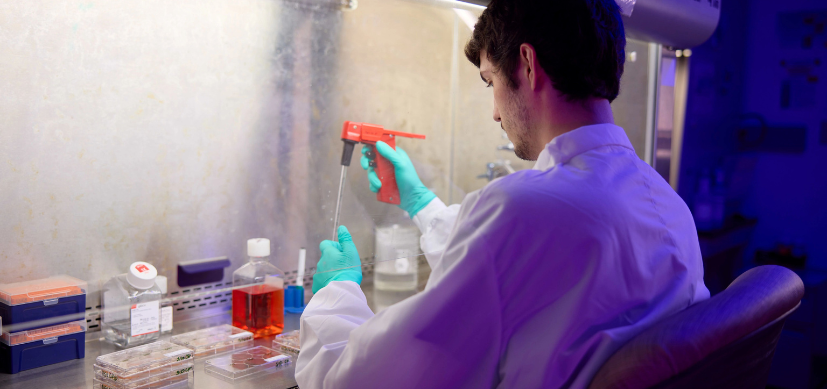Traffic Pollution Linked to Reduced Grey Matter Development in Children
Post Date: January 24, 2020 | Publish Date:

“While the percentage of loss is far less than what might be seen in a degenerative disease state, this loss may be enough to influence the development of various physical and mental processes.”
—Travis Beckwith, PhD
The new study published Jan. 24, 2020, in PLOS One was led by first author Travis Beckwith, PhD, and senior author Kim Cecil, PhD.
Their work adds to a collection of evidence from experts at Cincinnati Children’s and colleagues indicating that traffic-related air pollution (TRAP) is contributing to health problems that extend beyond lung conditions.
Read more about the latest findings
Here are more air pollution-related findings published in recent months by experts at Cincinnati Children’s and the University of Cincinnati.
- Pediatric Psychiatric Emergency Department Utilization and Fine Particulate Matter: A Case-Crossover Study, published in Environmental Health Perspectives
- Lifetime exposure to traffic-related air pollution and symptoms of depression and anxiety at age 12 years, published in Environmental Research
- Myo-inositol mediates the effects of traffic-related air pollution on generalized anxiety symptoms at age 12 years, published in Environmental Research





